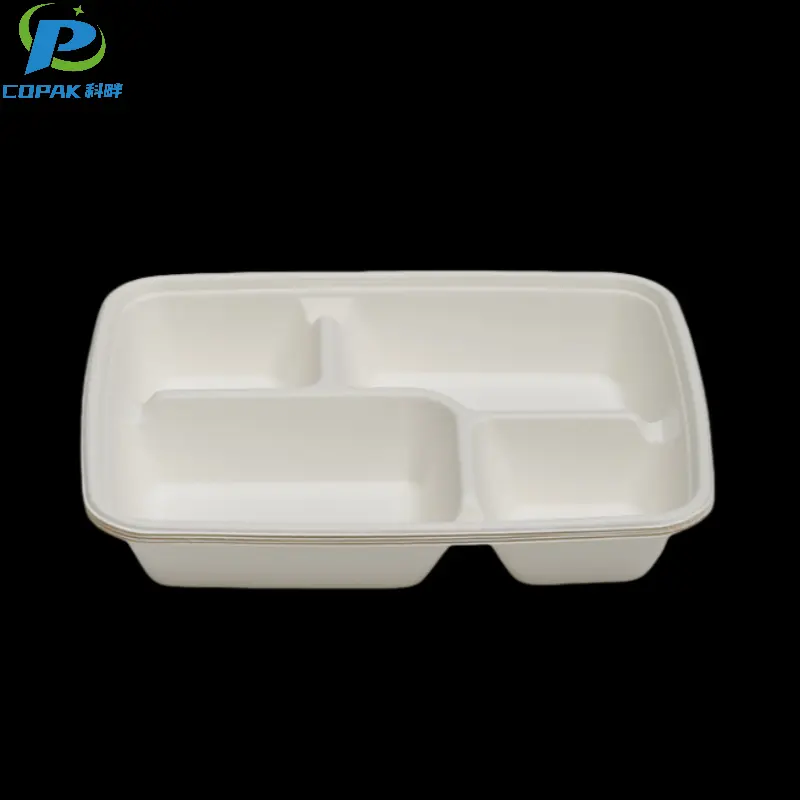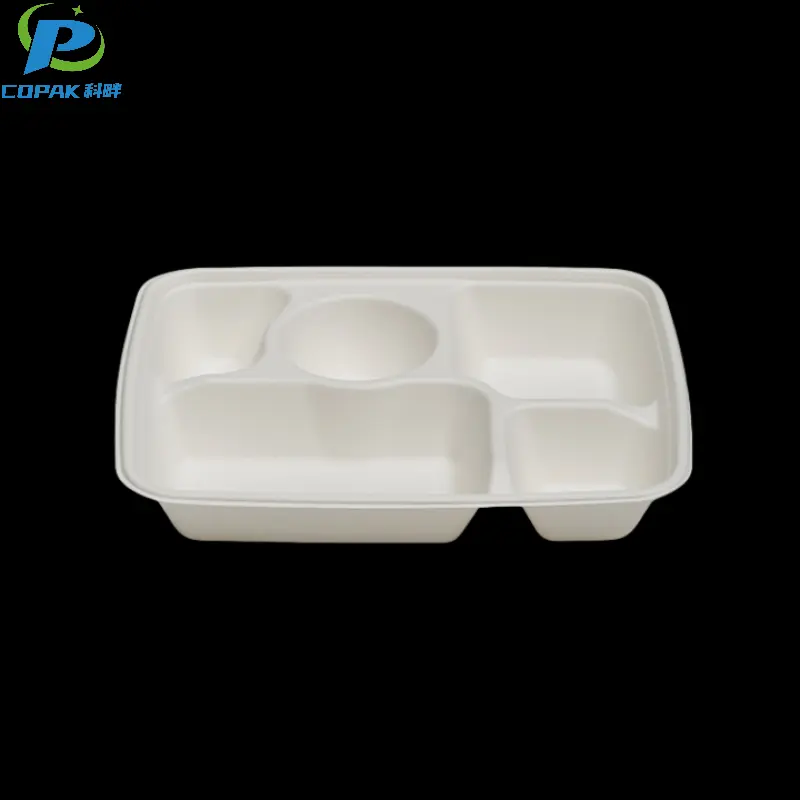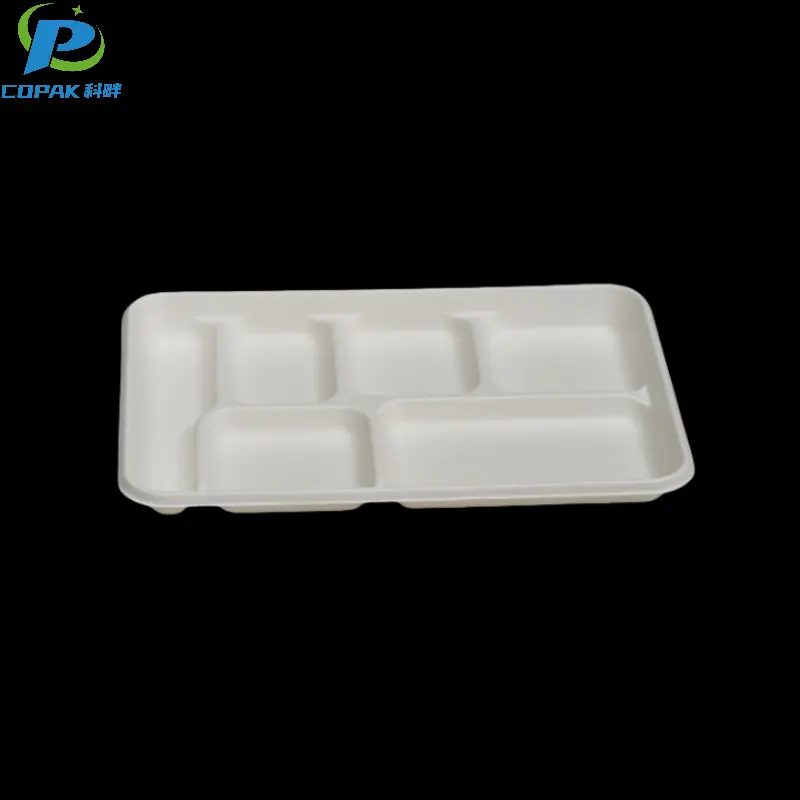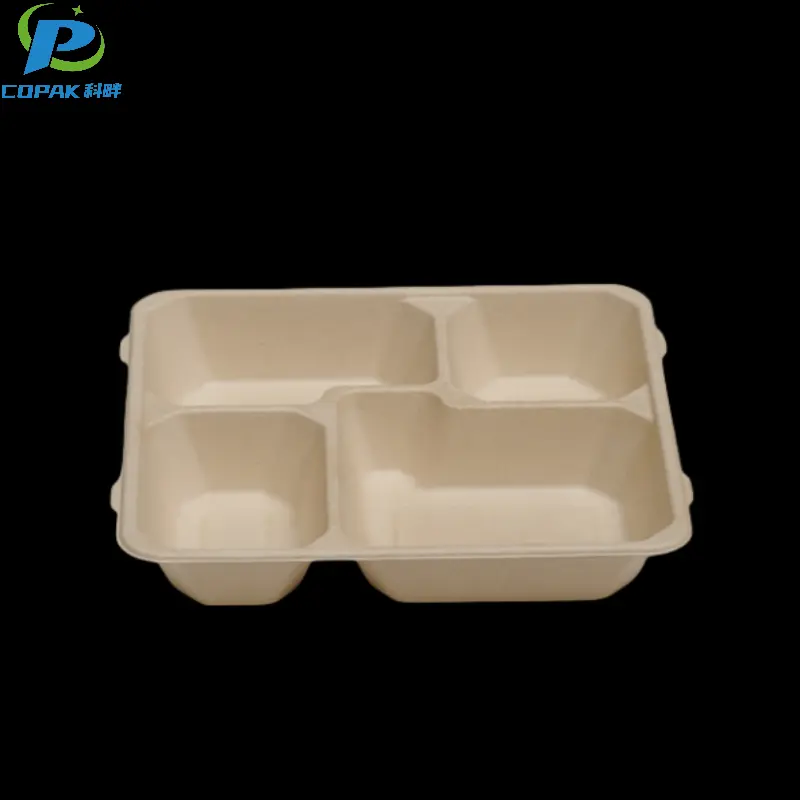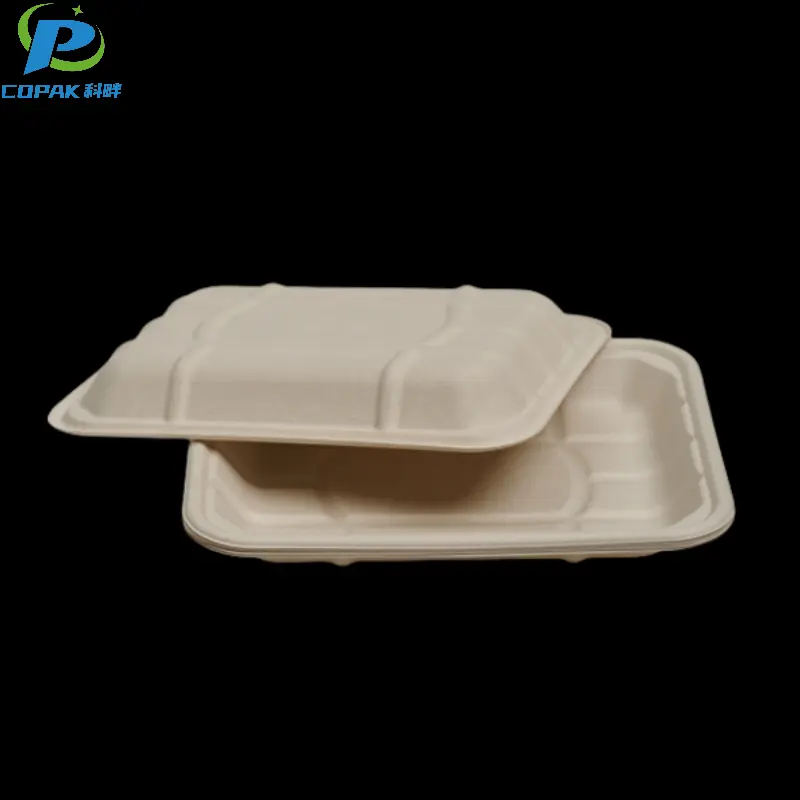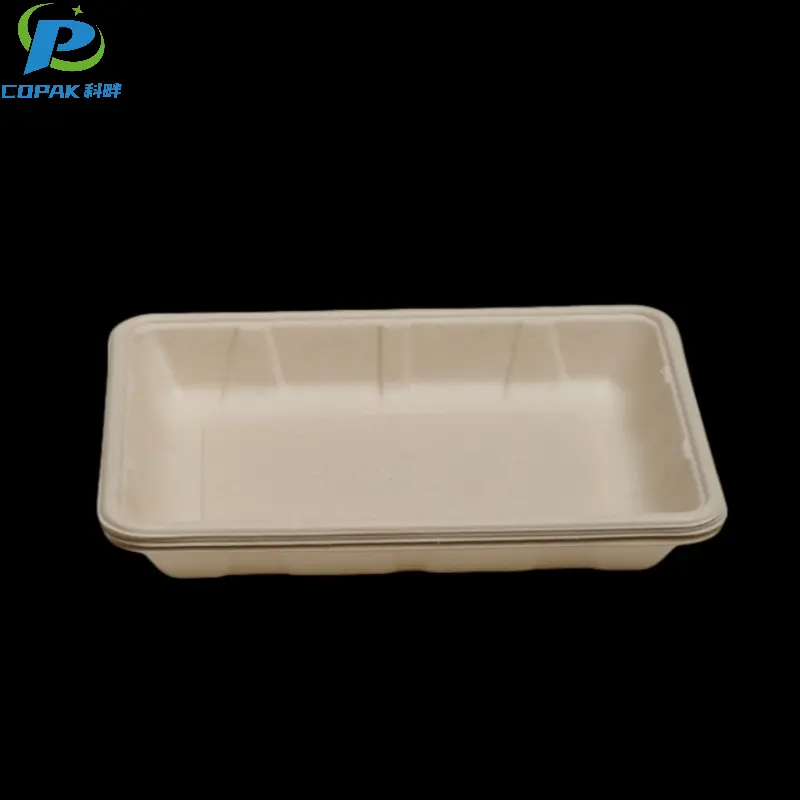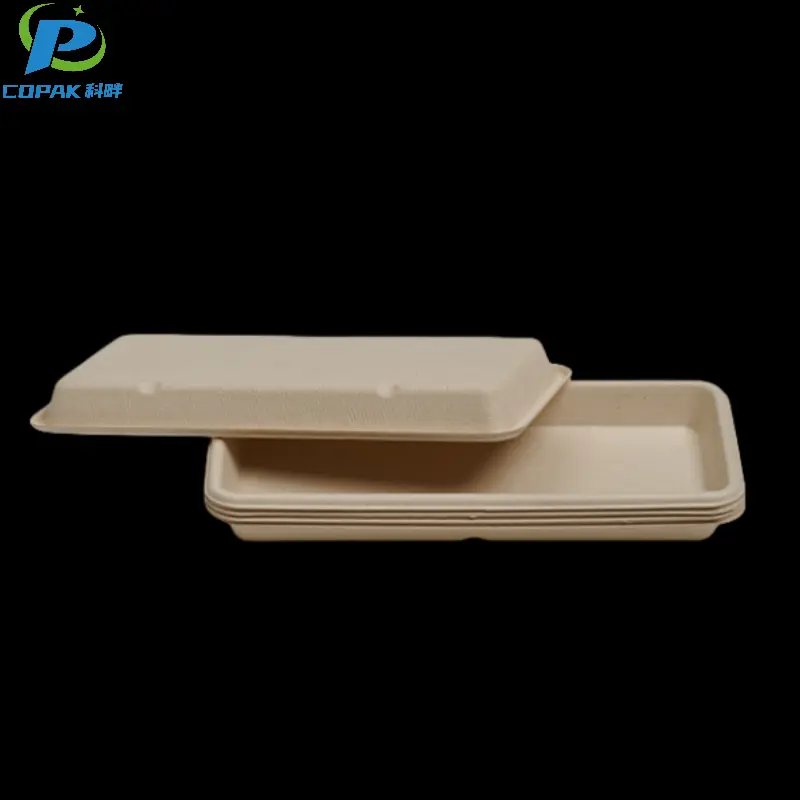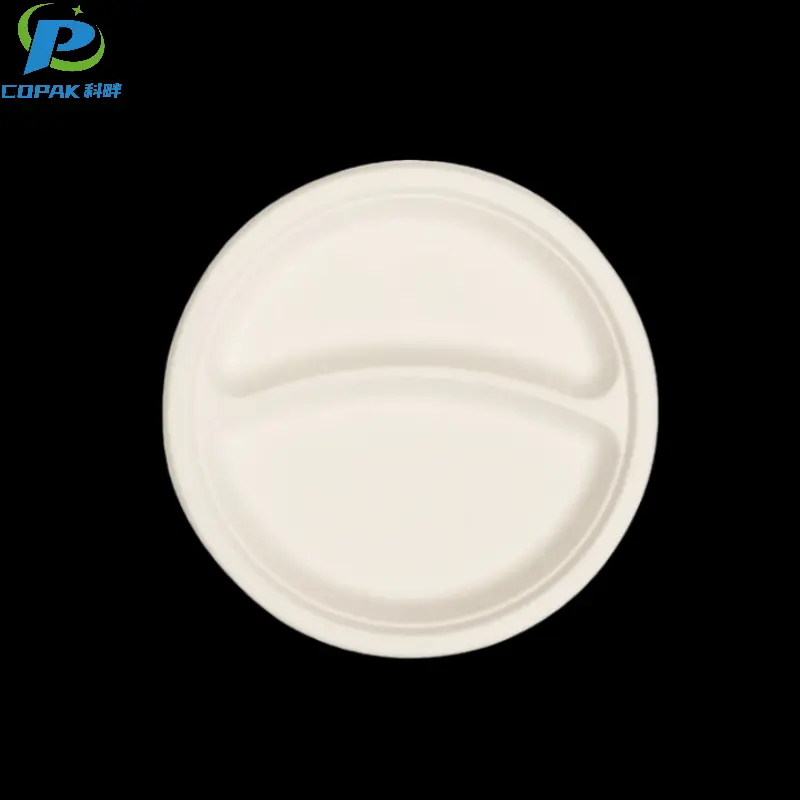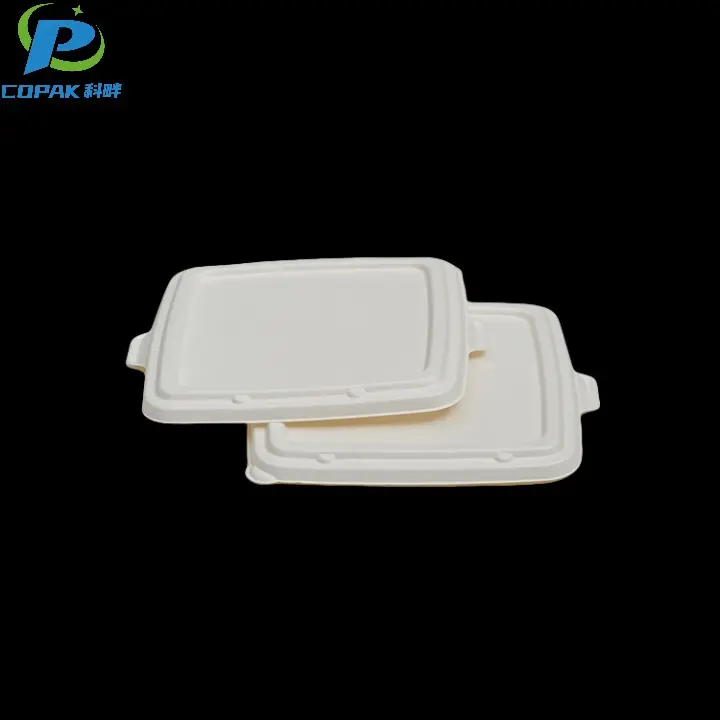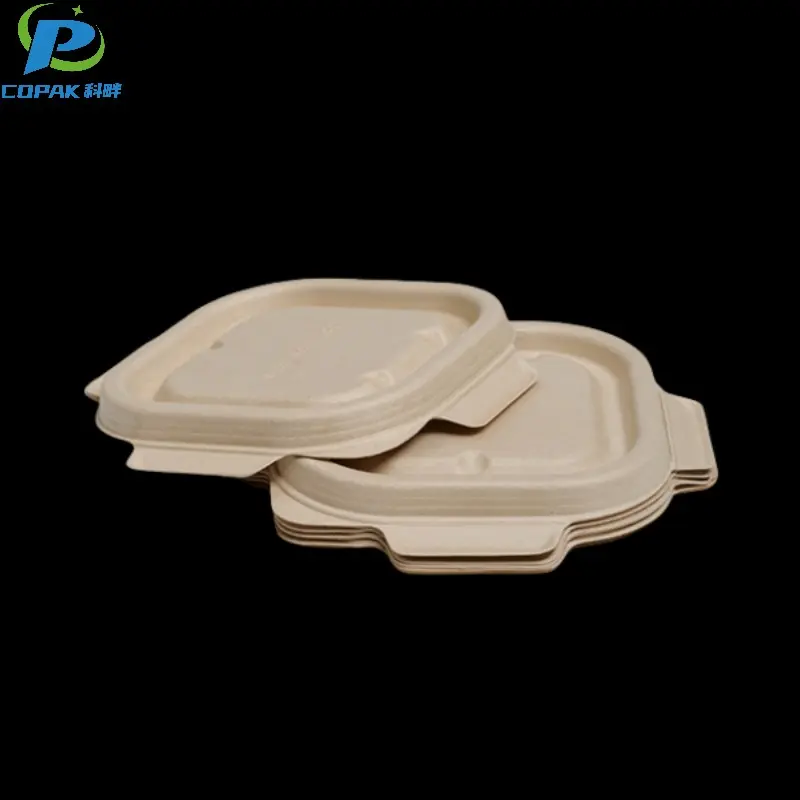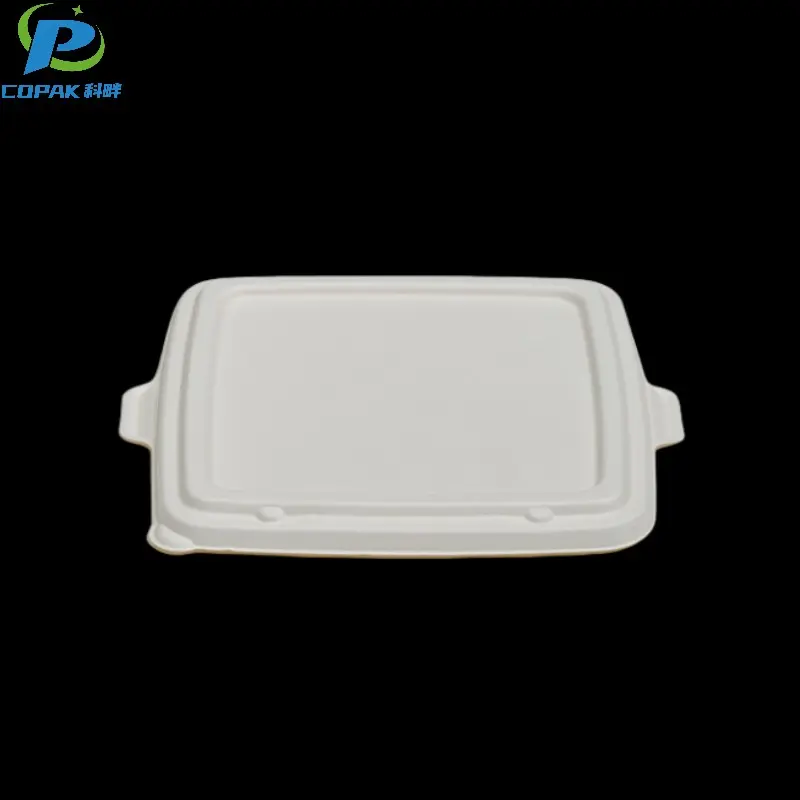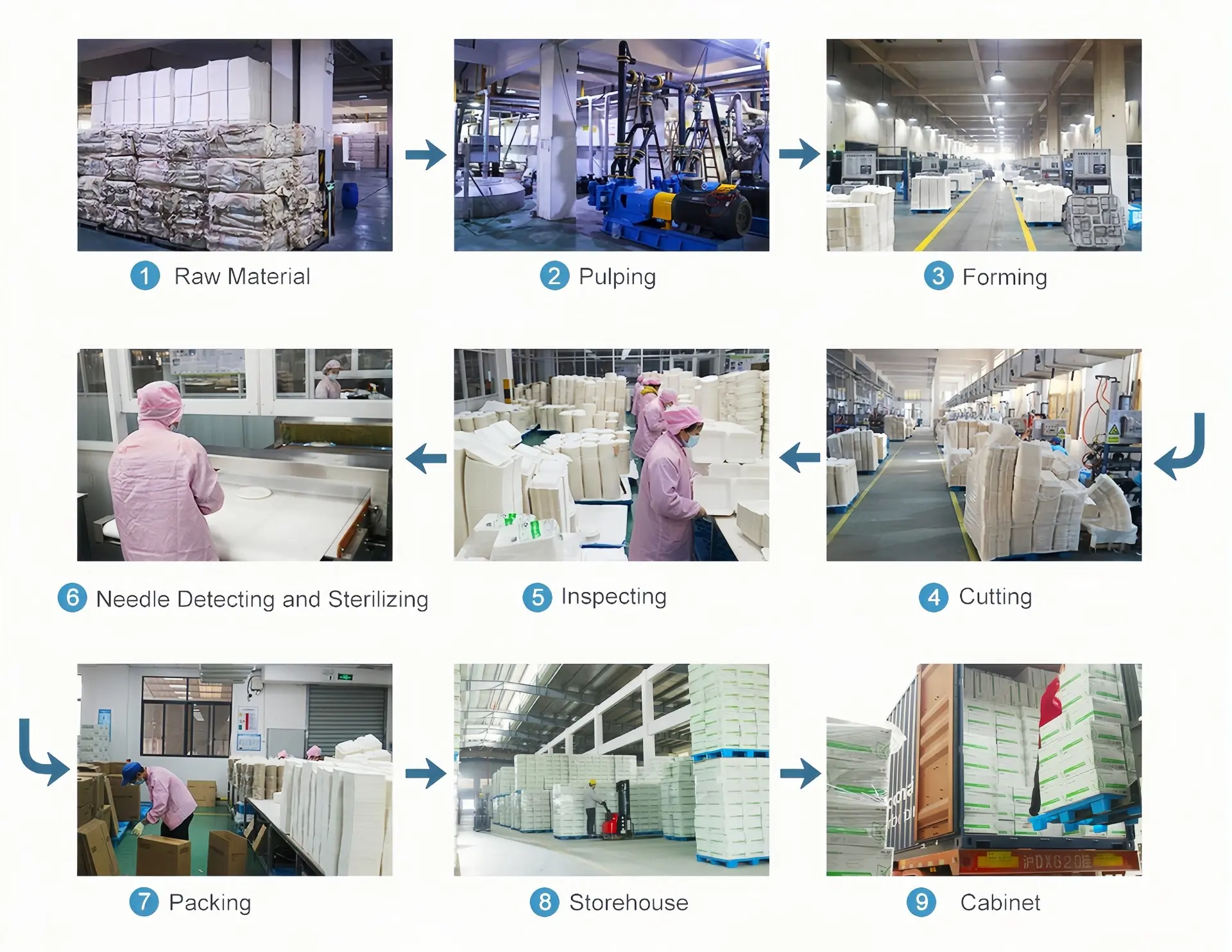Sugarcane paper bagasse lid for bagasse bowls
description1
description2
Specification
Size (mm) |
167.8*167.8*15.5 |
Weight (g) |
10 |
Carton Size (cm) |
35*34.5*35 |
Packing (pcs) |
50*8 |
Raw Material |
Sugarcane Bagasse Pulp |
Product Service |
Free sample with postage at your own expense |
Producing bagasse dinnerware involves several steps, from sourcing the raw material to the final product. Bagasse is the fibrous residue left after the extraction of juice from sugarcane, making it a sustainable and eco-friendly option for dinnerware. Here’s a detailed overview of the process:
1. Sourcing Raw Material
Sugarcane Harvesting: Bagasse is a byproduct of sugarcane processing. The sugarcane is harvested and sent to sugar mills.
Juice Extraction: At the mill, the sugarcane is crushed to extract the juice, leaving behind the fibrous material known as bagasse.
2. Bagasse Collection and Preparation
● Collection: The bagasse is collected from the sugar mills after the juice extraction process.
● Drying: The collected bagasse is dried to reduce moisture content, which is essential for the subsequent processing steps.
3. Pulping
● Pulping Process: The dried bagasse is then pulped, which involves breaking down the fibers into a slurry. This can be done using mechanical or chemical methods.
● Cleaning: The pulp is cleaned to remove any impurities, such as dirt or residual sugar.
4. Molding
● Forming the dinnerware: The clean pulp is then formed into the desired shapes using molds. This can be done through various methods, including:
● Compression Molding: The pulp is placed in molds and subjected to heat and pressure to form the dinnerware.
● Injection Molding: The pulp is injected into molds to create specific shapes.
5. Drying
● Drying the Molded Products: After molding, the dinnerware is dried to remove any remaining moisture. This can be done using hot air dryers or in an oven.
6. Finishing
● Trimming and Quality Control: The dried products are trimmed to remove any excess material and checked for quality. This includes inspecting for defects and ensuring that the products meet the required standards.
● Coating (Optional): Some manufacturers may apply a food-safe coating to enhance the durability and water resistance of the dinnerware.
7. Packaging
● Packaging: The finished bagasse dinnerware is packaged for distribution. Eco-friendly packaging materials are often used to maintain the sustainability aspect of the product.
8. Distribution
● Distribution: The packaged dinnerware is then distributed to retailers, restaurants, and consumers.
9. End-of-Life Considerations
● Biodegradability: Bagasse dinnerware is biodegradable and compostable, making it an environmentally friendly alternative to plastic and Styrofoam products. This aspect is often highlighted in marketing and consumer education.

Production Process



